My neighbours on the laneway , Michelle and Sebastian , admired the combination of both green pots and planting of hostas and lamium featured in my last blog so off we went to Glenconnor Garden Centre where I knew they still had some of the fabulous egg shaped green pots left and we bought the last three which I planted up with hosta sieboldiana Francis Williams but as the lamiums had sold out as soon as they came into flower a few weeks ago I used white flowering allysum as the underlayer of plants and left an order with Susan , Head Gardener in Glenconnor for some lamium if they come back in this season .
The garden is in full flow just now as we pass the longest day of the year and in the following photos taken yesterday you can see hardly a flower or flowering shrub as I prefer leaf colour to give me that lush look .
This bed at the front of the house , has been a great success , in shade for a lot of the time and dappled shade in the afternoon , good soil and sheltered from the worst of the winter . I keep it well watered in dry periods .
Although this corner has dryish soil , it is in dappled shade all day and I keep it well watered and as a result the hostas are thriving , Elegans, Halcyon and Francis Williams and behind them I have black bamboo and mountain ash .
A shrub which is bursting out with blossom at the moment along every roadside is sambucus , the common elder and the star of the garden right now and one of my favourite shrubs of all time is it’s commercial cousin , sambucus nigra , the blue elder which I never get tired of either talking about or photographing . Visitors from abroad always admire the elder which is growing wild across the Irish countryside and with its exhuberant growth ( you can cut it to the ground each spring and it will grow five feet by end of May ) and huge saucer sized flowers . Elder grows everywhere , on ditches , waste ground and turn your back in the garden , especially on dryish ground and you will find an elder bush and perhaps if it didn’t grow everywhere and without effort we would love it more so it is a victim of it’s own success …. mind you the sambucus nigra can be tricky enough to establish and I have more failures than success with it … but when it grows for you it is the best shrub in the garden bar none !!
Of course a by product of sambucus of all types is that you can produce a beautiful syrup to dilute and drink with water and here is the recipe which I got from Catherine Fulvio’s recent cook book which makes 500 ml.
Ingredients
10 elder flower heads , stalks removed
500 g caster sugar
500 ml cold water
1 lemon , zest and juice
1 & a half table spoons citric acid
To make the sugar syrup
Place the sugar and water in a saucepan over a low heat …. stir until the sugar dissolves …. remove from the heat and leave to cool
To make the elderflower syrup
Place everything , the flower heads , lemon zest and juice and citric acid with the sugar syrup in a big bowl , stir , cover and leave for two days
Finally
Strain into sterilised glass bottles or freeze in an ice cube tray or bags
To serve
Pour about 1 & a half table spoons of the elderflower syrup into a glass and top up with sparkling or plain water
Tipperary Garden Trail …. June 28th & 29th 2014
The Tipperary Garden Trail , an annual event , where various gardens throughout County Tipperary open to the public for the weekend with all the proceeds going to charity , is on next weekend June 28th and 29th so do get out and try and visit one or two ( or more !) of the gardens and apart from having a look at someone else’s garden you will be supporting a great cause . In our case we support the Clonmel Lions Club with the proceeds and they in turn support us with a marvellous job and a small army of volunteers who put up signs all over Clonmel , man the gates and network the garden opening via Facebook, twitter , text and e mail where they try and get as many people as possible out to visit the Petrovska Garden .
This is our third year taking part in the Tipperary Trail and it has been a marvellous experience where we meet a variety of nice people and get a lot of feed back and ideas about the garden ….. visiting other gardens is always inspirational and you can come away with new ideas and having other gardeners visit your own garden is equally inspirational … so see you next weekend !
The past month has been hectic for me as I was away for a period in May and have been playing catch up ever since , weeding , grass cutting , replanting up the new borders in the lower field where the winter rains were disastrous to the new plants I had put in in Sept/ November last year ( more about that later ) , painting garden furniture and cleaning out the ponds to get the garden looking the best it can for next weekend’s Open Day .
In a previous blog I mentioned invasive plants and warned against ever and I mean EVER planting parrot feather ( Myriophyllum aquaticum) near water and boy have I paid for planting it here a few years ago as it is a horrible job to get rid of . I have just managed to reclaim the lower bog pool by repeated spraying of round up ….. I know I know danger to the pool wild life etc. but the pool had totally disappeared under the weight of parrot feather and the natural pool floor is so swampy that I couldn’t walk into it to rip out manually the horrible aquatic ( the wooden walkway here is supported on a series of four metre high wooden telephone line poles as we had to go down nearly three metres of mud to find hard soil ) .
My next target in my anti parrot feather crusade this month has been the natural pond , two meters deep which is fed by spring water and for the past three mornings I have been in there in swimming gear ( no wet suits at Petrovska Garden ) trying to pull out parrot feather ….. a disastrous start in the mud scrambling about in deep water when I almost gave up as I lost both gardening sandals and the garden rake and was making no headway but gradually I got to grips with it and now I can see clear water again and will keep up the attack until I reclaim the pond !
Wikepedia says that parrot feather is banned in some US states due to it’s invasive nature if it escapes into natural water ways and yet still the internet garden forums for the aquatic plant are full of queries from people TRYING to grow it without success as it is a lovely looking plant and really good for clearing the water colour by sucking up nutrients which cause algae BUT you need to control it and apparently in normal man made ponds of concrete or butyl rubber liner it is finicky and hard to establish and it really does prove the point of right plant right place which is what happened here as it romps away aggressively in our natural pools so it is definitely Right Place Wrong Plant in this garden .
This is our front pond …… a parrot feather free zone !
Right plant right place …. and last Autumn when I opened up two new shrub and perennial beds in the lower field I thought I had the perfect place to grow a wide variety of plants ….. the soil seemed perfect , not dry not swampy just good friable loam and I was really looking forward to a few seasons of planting favourite plants however I did not really know that area in all weathers and what was just perfect soil in Autumn turned out to be water logged for most of the winter and a lot of what I had chosen just never made it through the very wet winter and I lost over thirty really good shrubs .
Susan at Clonmel Garden Centre in Glenconnor a has urged me to write about these losses in order to show people that it is not a given that a plant will grow for you even if all the right steps are taken and that plant fatalities are not unusual in gardening and can be the fault of the gardener and not the result of a dud plant from the garden centre …. so a big dollop of humble pie coming up in the next paragraph !
I had selected and planted shrubs which were nothing exotic and which experience has shown are good growers for me here in our fairly heavy soil so it was not as if I was pushing the boat out with my selection but bread and butter plants like hydrangeas , eleagnus all died in the heavy rains which saturated the ground for three months of January / March . For structure I had planted two salix purpurea which had been grafted at four feet but the deer did for both these within a week .
I also planted about twenty large clumps of moisture loving plants donated by other gardeners for the new beds , astilbe ( meadow sweet ) , dermera and rodgersia , which do exceptionally well here normally with rarely any failures but even these failed miserably and only one rodgersia and one astilbe came through … the rest died in the ground due to the water logged conditions of last winter .
The grass border has done well and thickened up with all the pampas , miscanthus , bamboo coming through while hypericum and the dog woods ( cornus ) also thrived and I have replaced all the the losses with a mixture of miscanthus and bamboo plus a few perennials that like heavy soil …. so onwards and upwards …. bloodied but unbowed !!
The lesson has been that even though I knew which plants to select and what conditions they liked I did not really know just how this newly opened border would be in extreme wet conditions and this was the reason I took such a hammering and where dead bodies piled up like a season’s finale of Game of Thrones !!


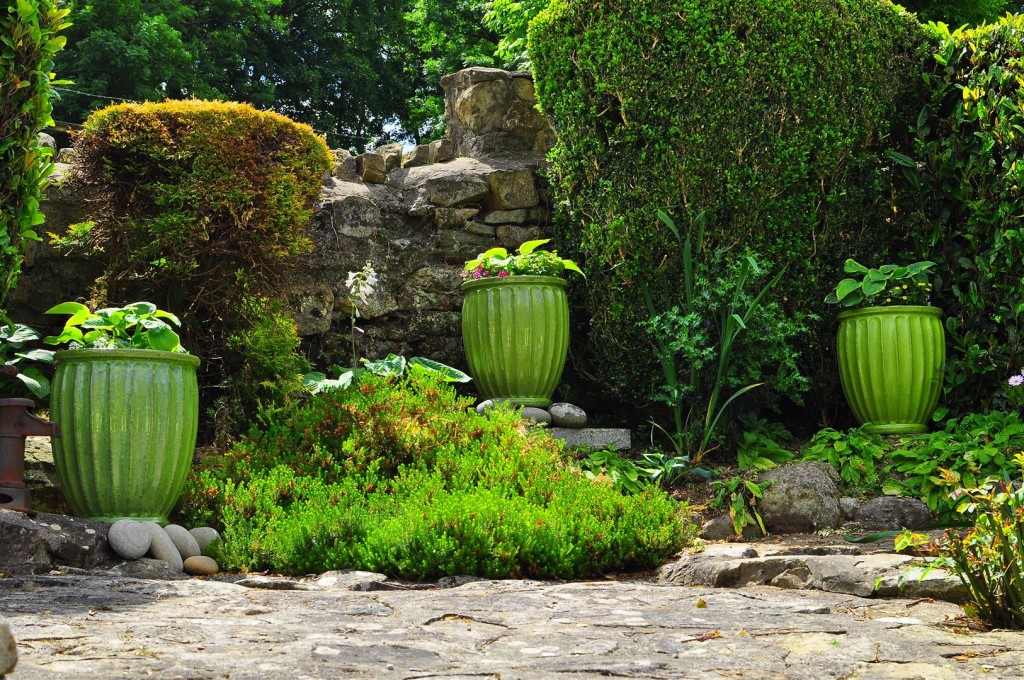
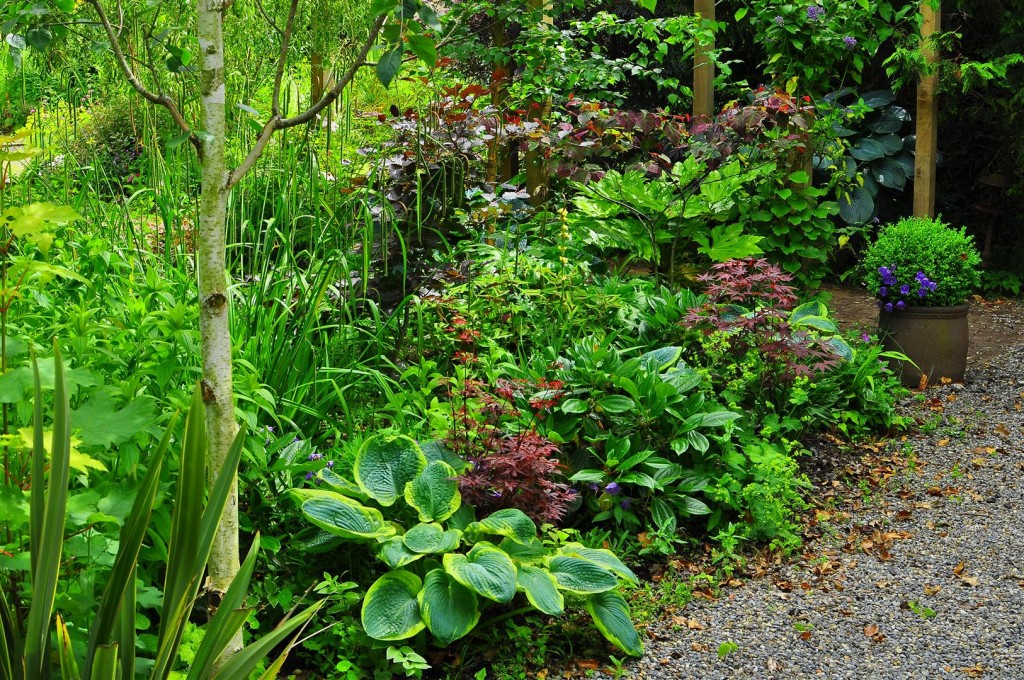
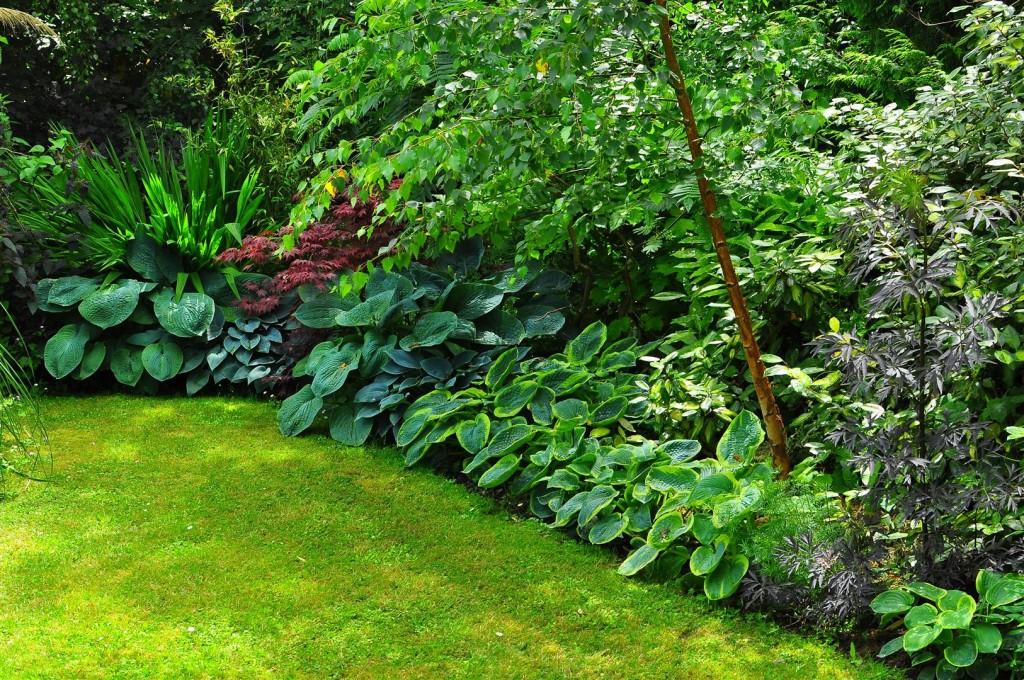
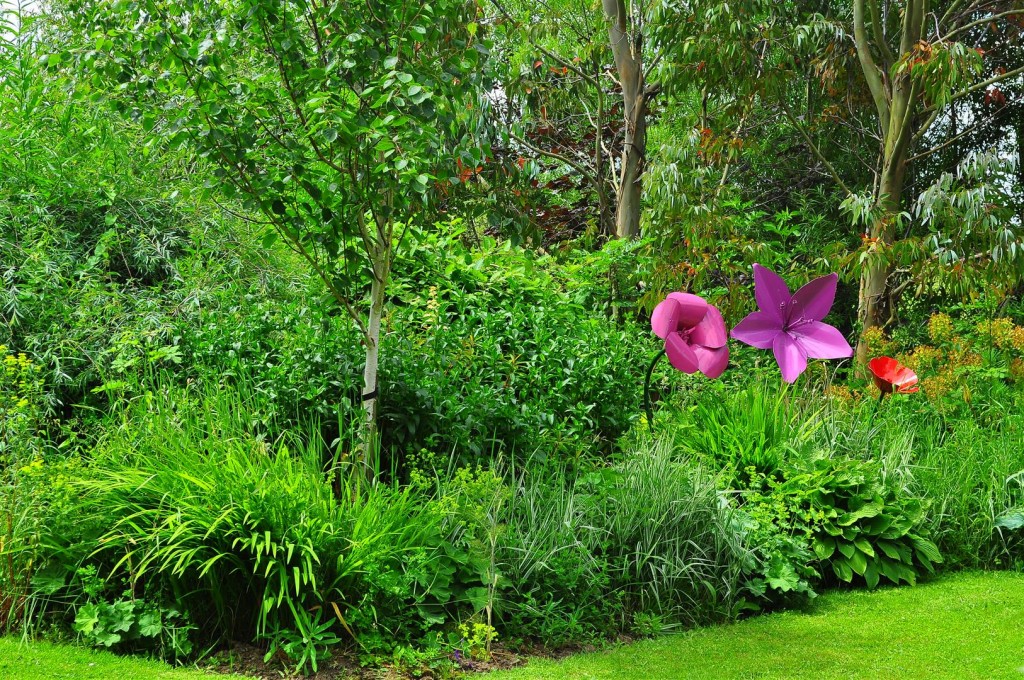

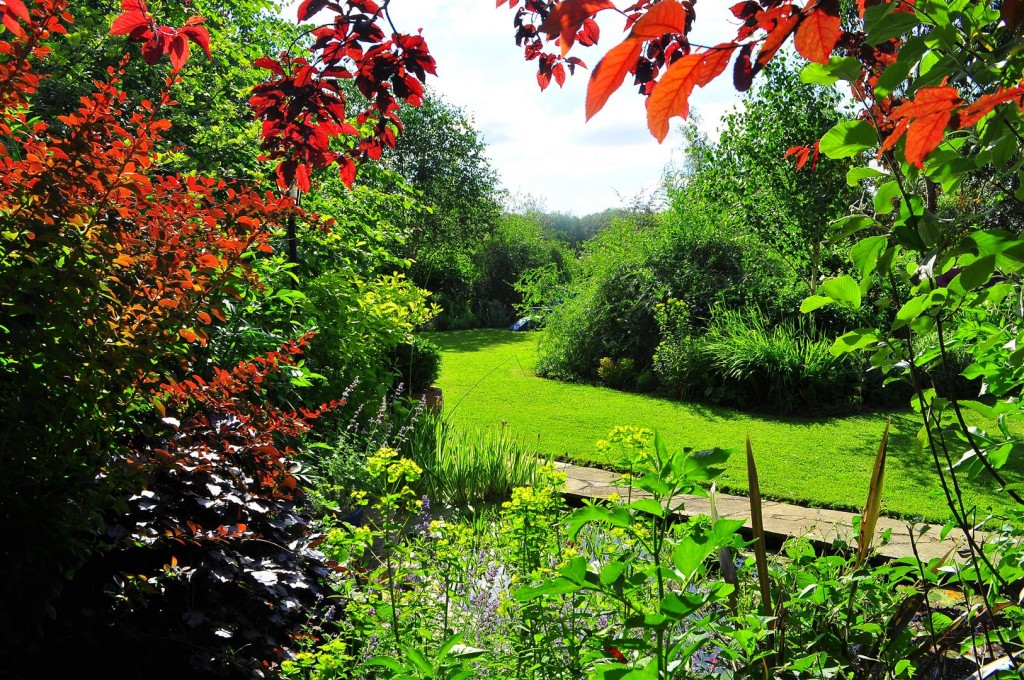
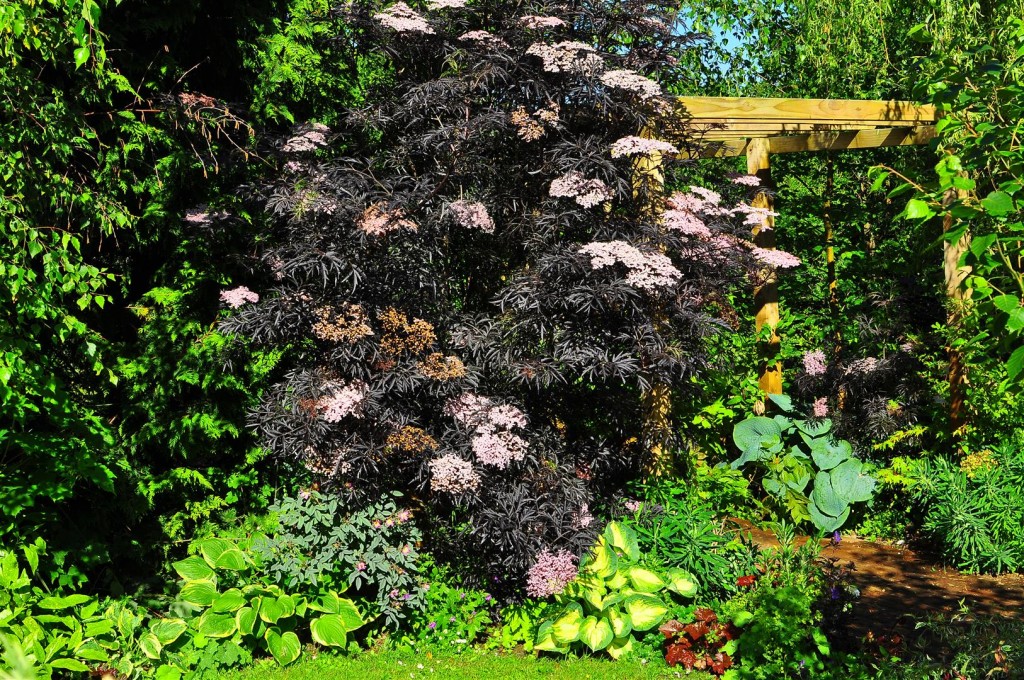
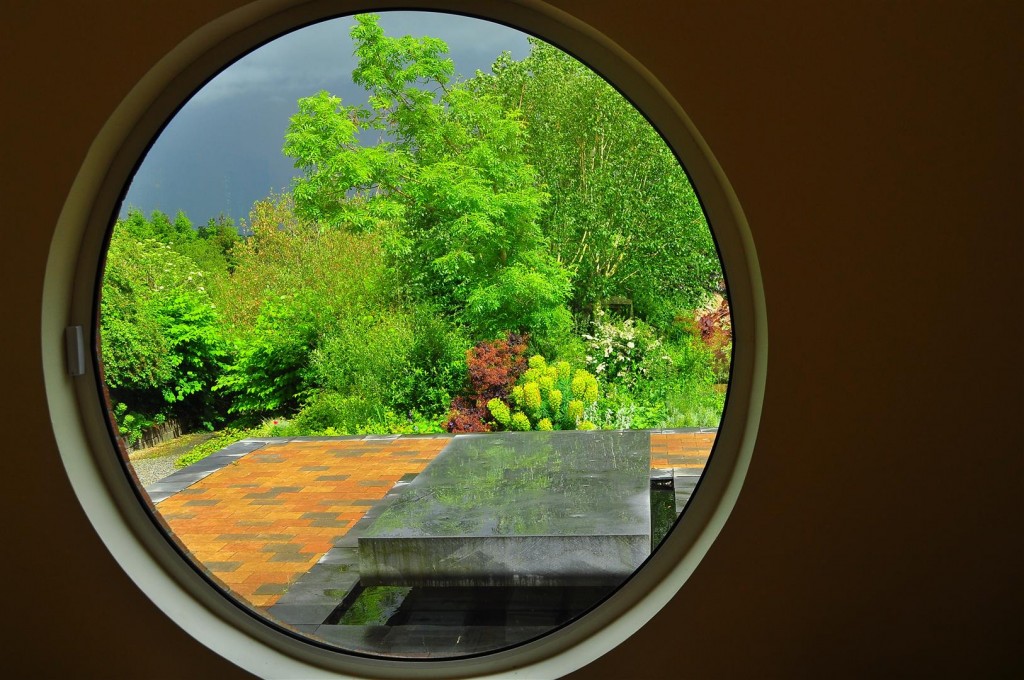
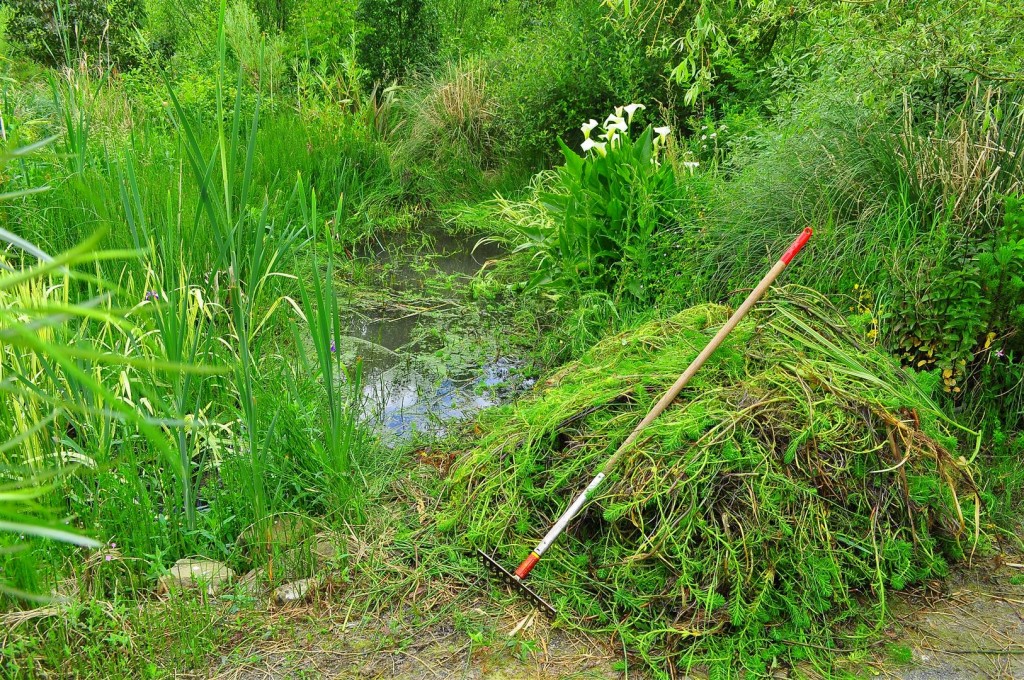
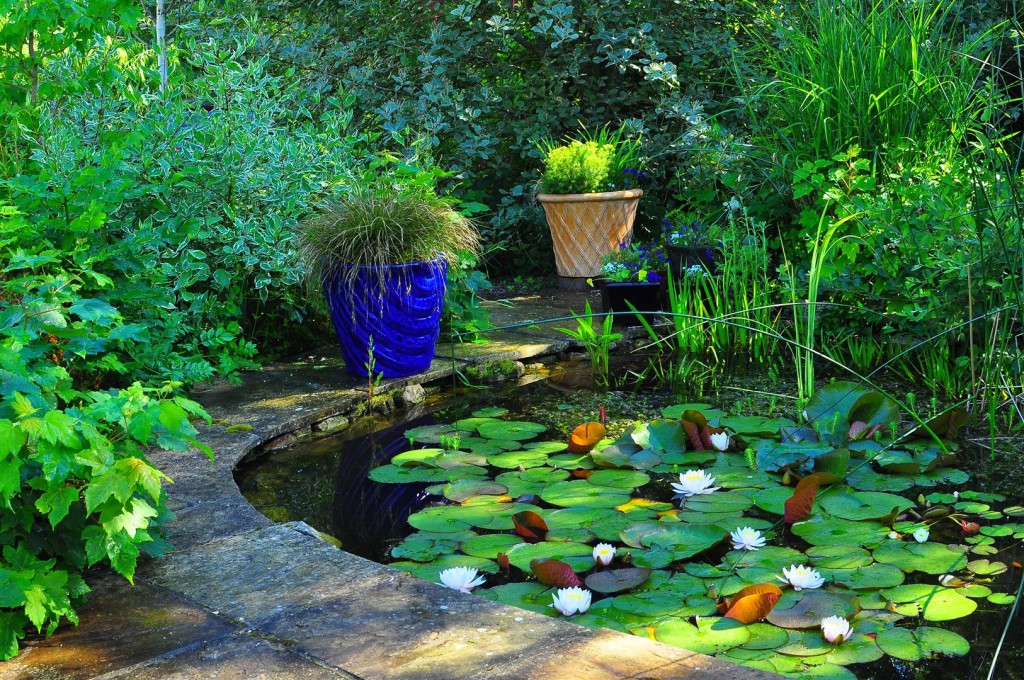
Leave a Reply